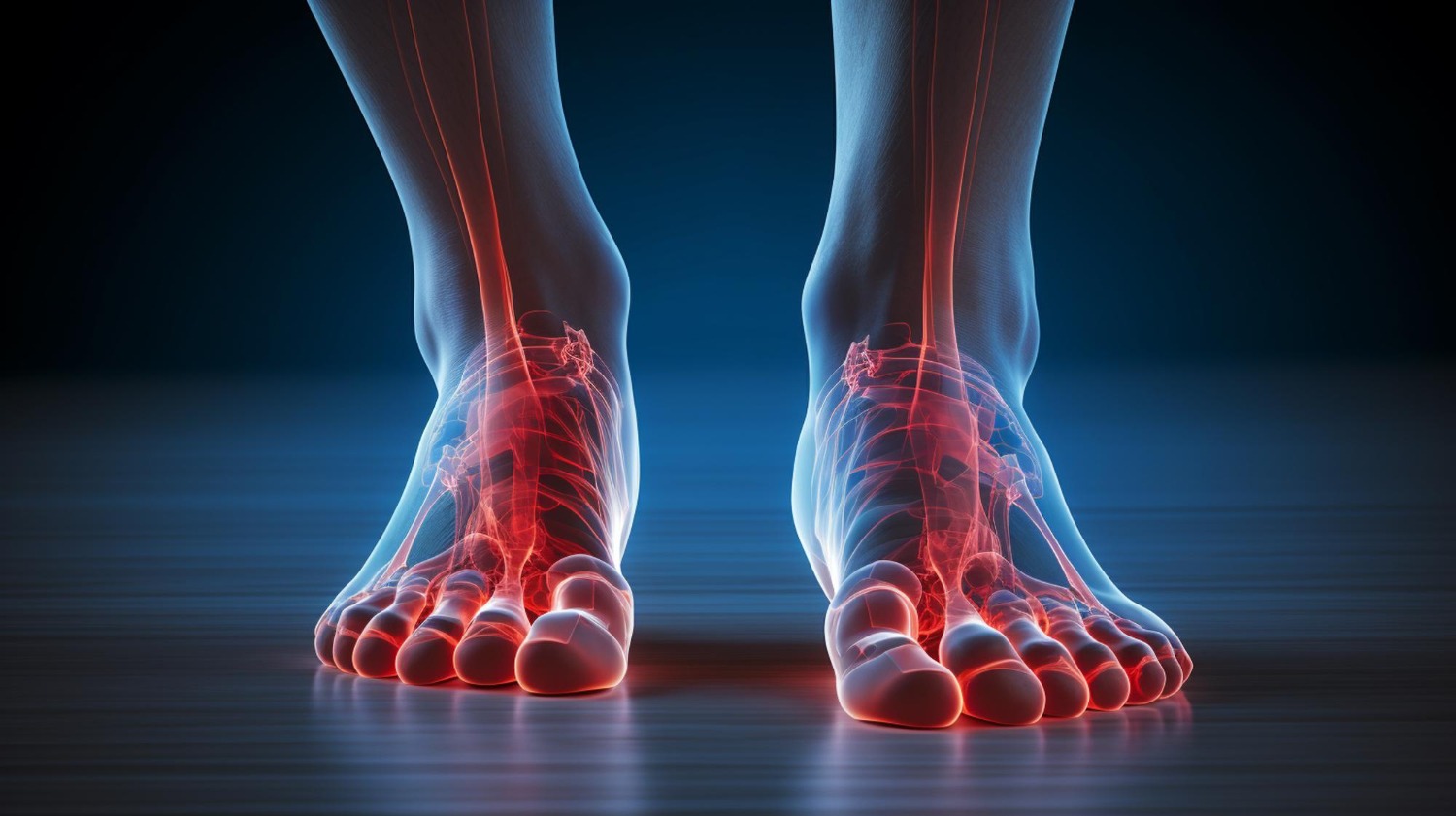
High arch feet, medically known as pes cavus, is a condition characterized by an exaggerated arch in the foot’s midsection. While some individuals with high arches may not experience any symptoms, others may develop foot pain, instability, and difficulty with walking or standing. Understanding the causes, symptoms, and treatment alternatives for high arch feet is crucial for effective management and relief. With insights from orthopedic doctors in Indore and the resources of the best hospital in Indore, let’s delve into this condition.
Causes of High Arch Feet:
High arch feet can be congenital (present at birth) or acquired later in life due to various factors, including:
- Genetics: Some individuals inherit a tendency toward high arches from their parents.
- Neurological Conditions: Conditions such as cerebral palsy, Charcot-Marie-Tooth disease, and spinal cord injuries can lead to high arch feet due to muscle imbalances and nerve damage.
- Muscle Imbalances: Imbalances in the muscles and tendons of the foot and lower leg can contribute to the development of high-arch feet.
Symptoms of High Arch Feet:
Symptoms associated with high arch feet may include:
- Foot Pain: Pain and discomfort in the arch, heel, or ball of the foot, especially during weight-bearing activities.
- Instability: Difficulty with balance and stability due to the reduced surface area of the foot in contact with the ground.
- Calluses and Corns: Increased pressure on certain areas of the foot may lead to the formation of calluses and corns.
Treatment Alternatives:
- Orthotic Devices: Custom-made orthotic devices, such as arch supports or shoe inserts, can help redistribute pressure and provide support for high arches.
- Physical Therapy: Physical therapy exercises can help strengthen muscles, improve flexibility, and enhance stability in the feet and ankles.
- Footwear Modifications: Wearing supportive footwear with cushioning, a wide toe box, and good arch support can alleviate symptoms and reduce discomfort associated with high arch feet.
- Surgical Intervention: In severe cases of high arch feet with persistent pain and instability, surgical procedures such as tendon lengthening or osteotomy may be recommended to correct deformities and improve function.
By understanding the causes, recognizing symptoms, and exploring treatment alternatives for high arch feet, individuals can effectively manage this condition and improve their quality of life. Consult orthopedic doctors in Indore at the best hospital in Indore for personalized evaluation and treatment recommendations tailored to specific needs. Remember, early intervention and proactive management are key to addressing high arch feet and preventing complications.
